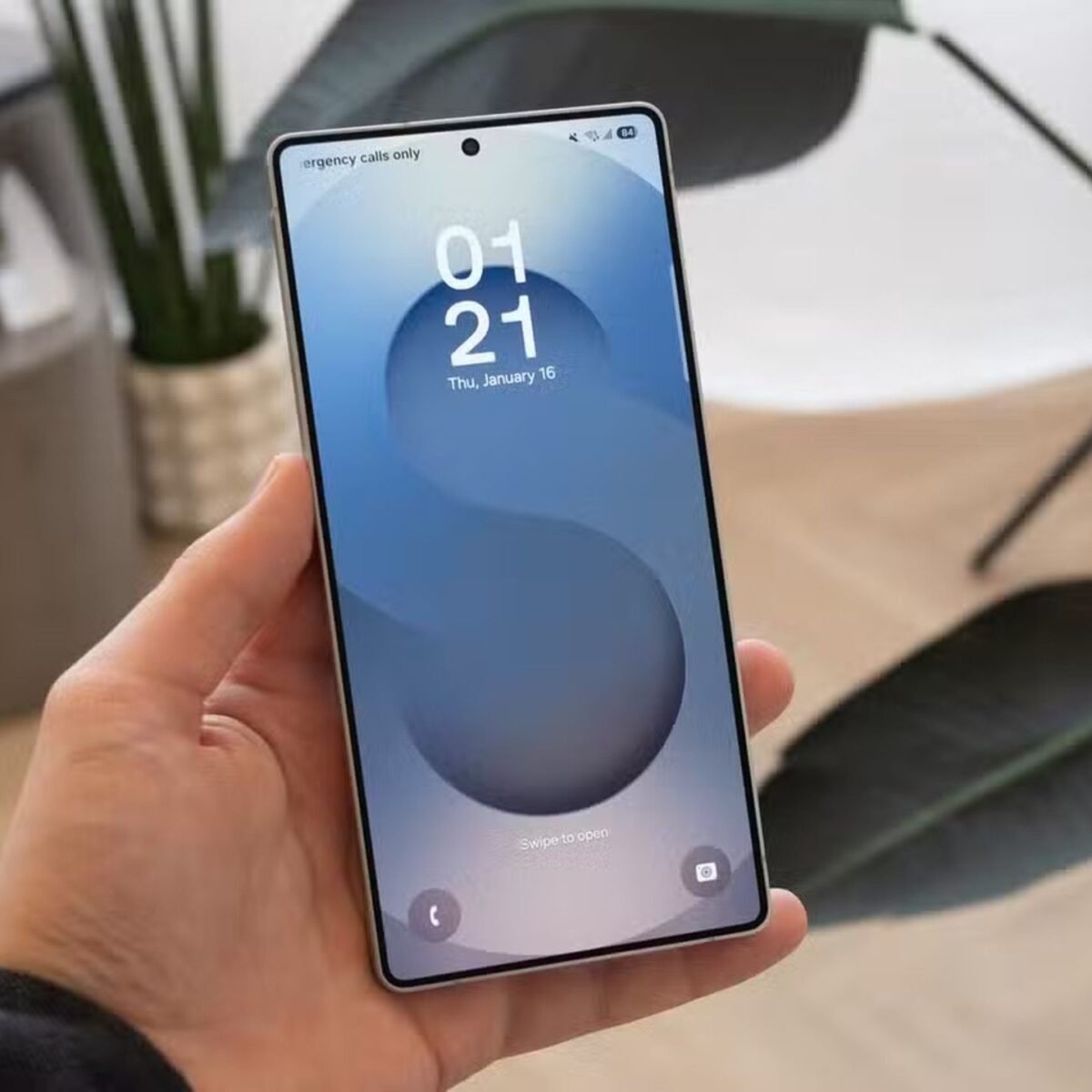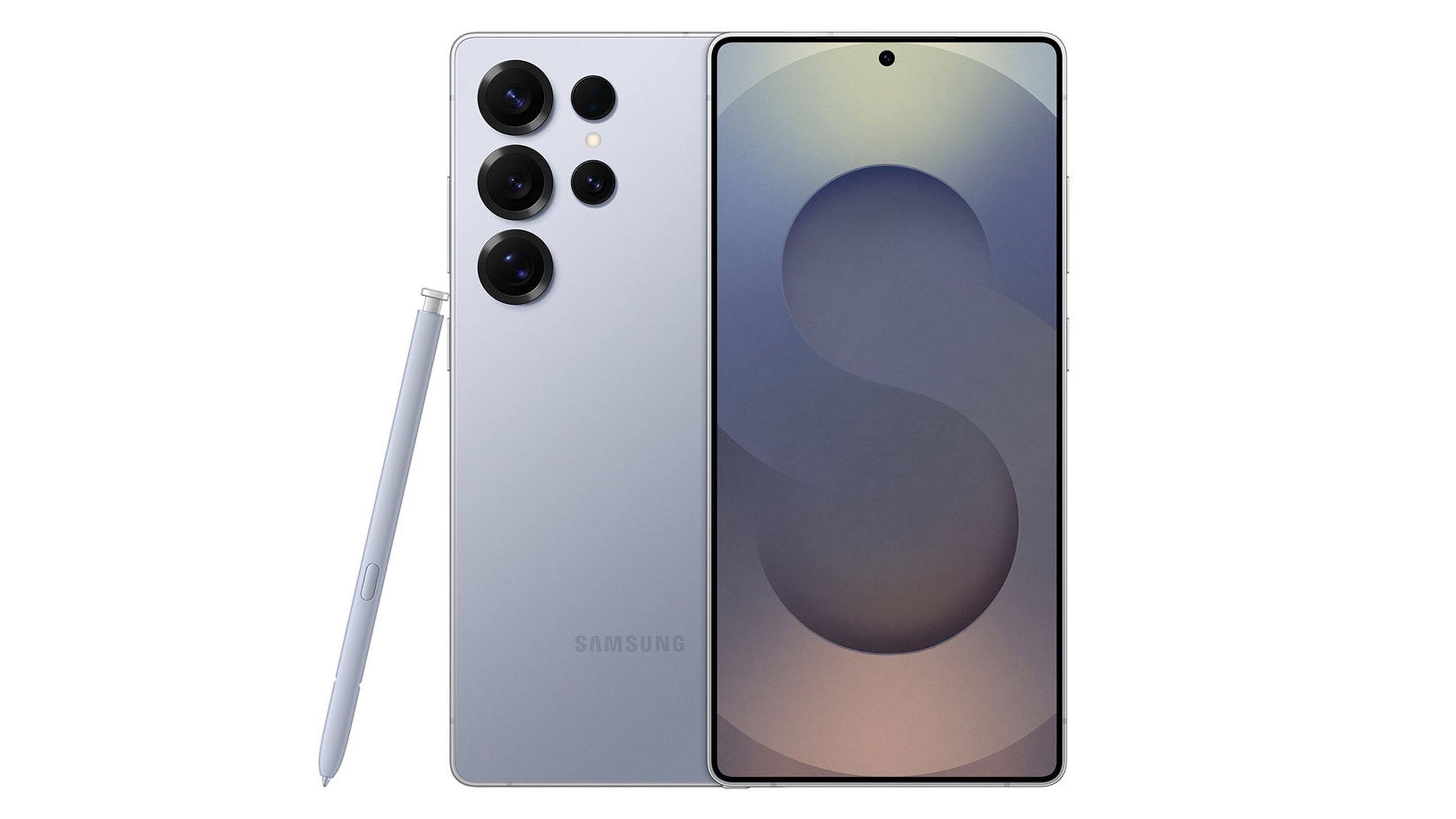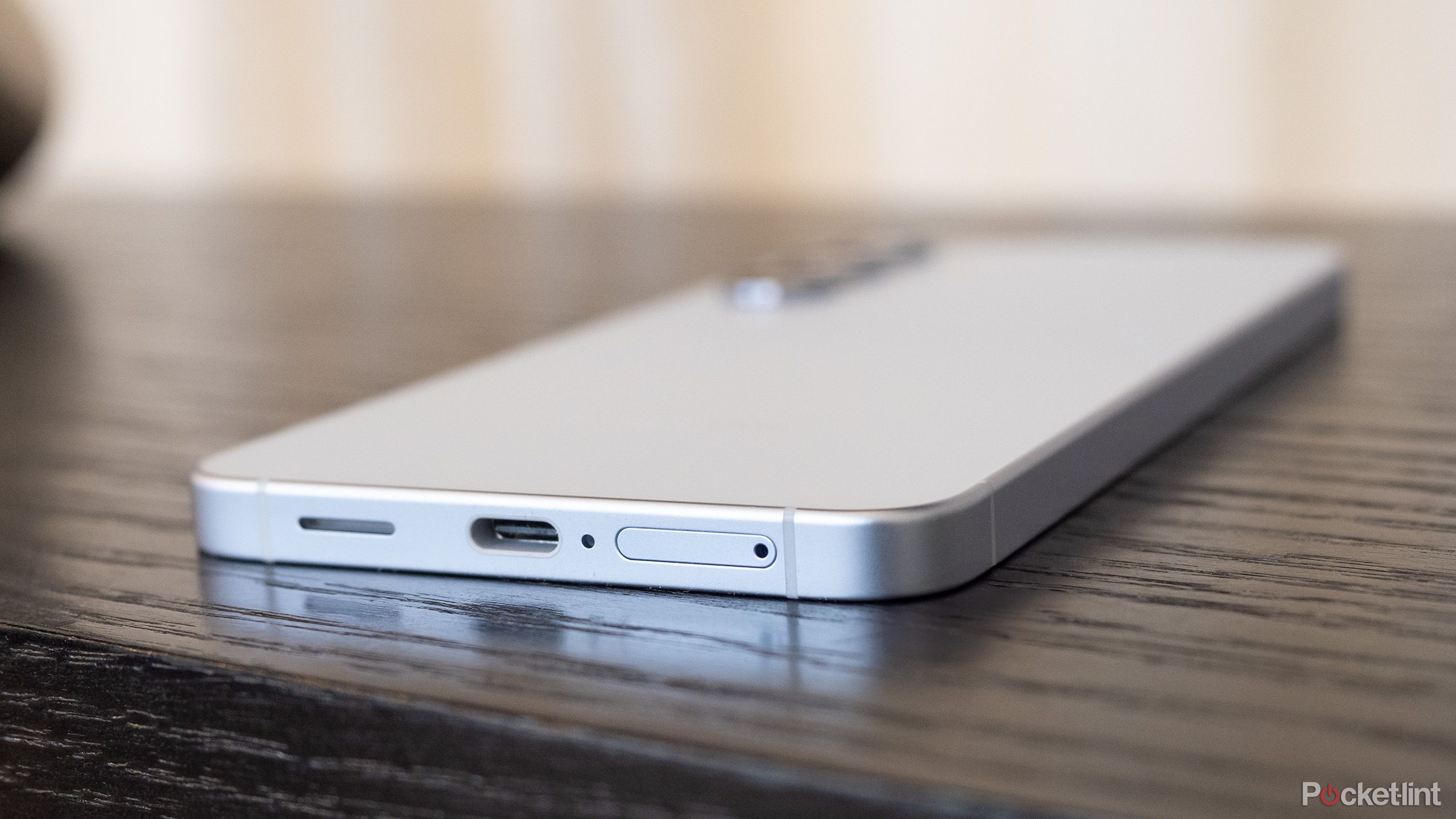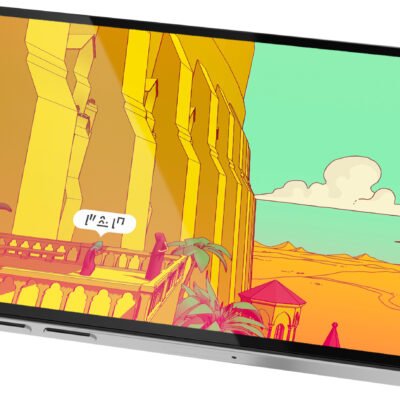Summary
- Samsung is considering implementing silicon carbon batteries for the Galaxy S26 series.
- Replacing the graphite in a lithium-ion battery with silicon carbide results in a higher capacity battery and faster charging speeds.
- Samsung hasn’t used silicon carbon batteries in its handsets yet, and is reportedly working on improving its lifespan.
Although the Galaxy S25 series just released, this rumor about the Galaxy S26 series might make it worth skipping altogether, especially if you still have an S23 or S24.
According to South Korean news site FNNews, Samsung is considering switching to silicon carbon batteries for the Galaxy S26 series. This could result in a significant leap in battery life, with capacities between 6,000mAh and 7,000mAh. Considering the Galaxy S25 has a 4,000mAh battery, and the Galaxy S25 Ultra has a 5,000mAh battery, this would be a massive improvement.
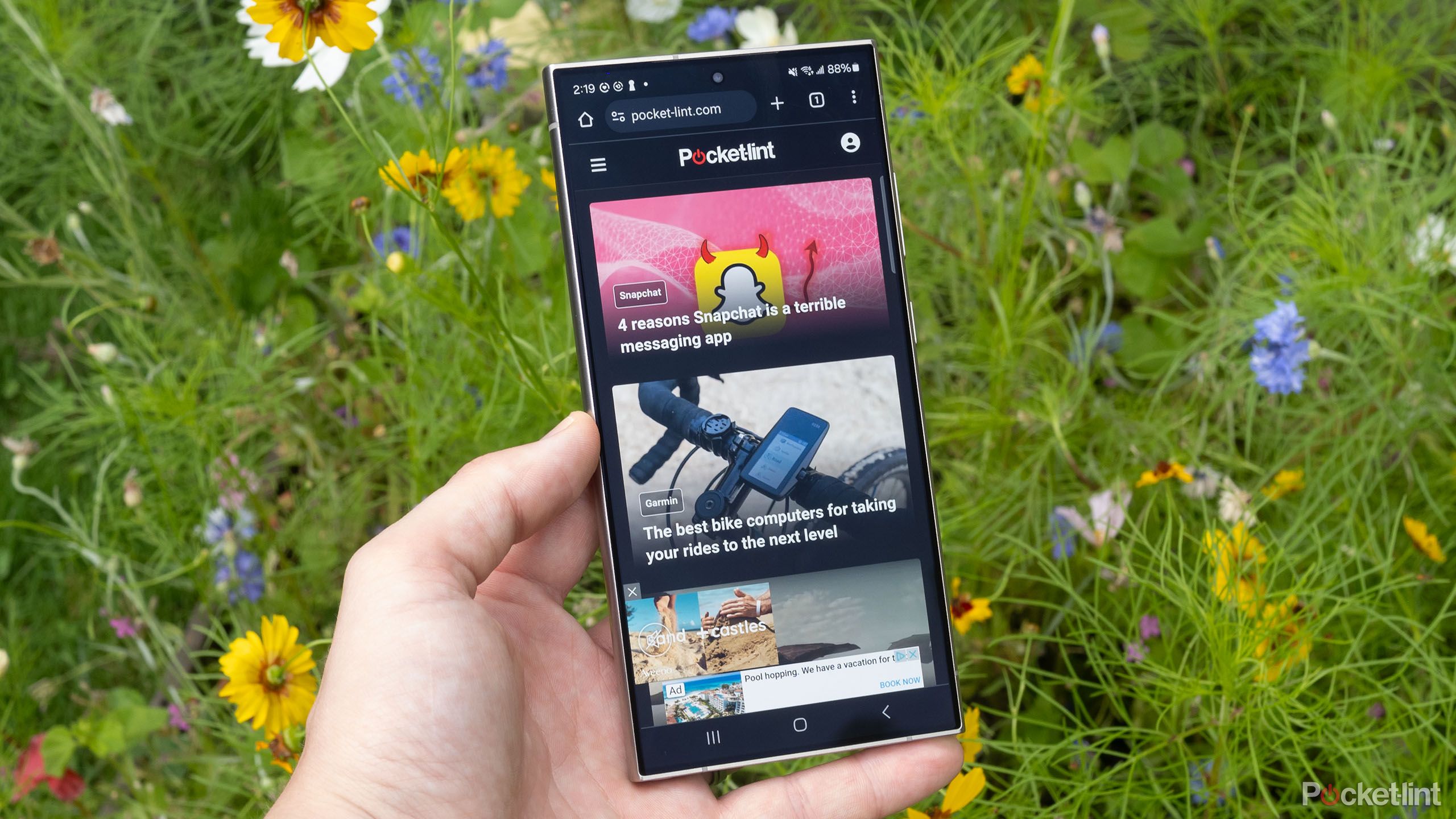
Related
The Galaxy S24 Ultra breaks new ground for Android flagships
A recent report reveals that Samsung’s Galaxy S24 Ultra was a best-seller in 2024.
What are silicon carbon batteries?
A more powerful and efficient battery
Silicon-carbon batteries are made by removing graphite from the anode of a lithium-ion battery and introducing the compound silicon carbide instead. The advantage silicon carbide has over graphite or regular silicon is that it can handle more power and higher voltages, resulting in a more powerful and efficient battery.
This technology has already been used in smartphones, such as the Oppo Find X8 and the Red Magic Pro 10, but not in any handset by Samsung, Apple or Google. Samsung is reportedly concerned about the lifespan of silicon carbon batteries and wants to ensure proper testing and improvements are made before implementing the technology and shipping it globally with a new smartphone.
Since the battery life didn’t change on the S25 series this year, I’m optimistic Samsung will improve it on the Galaxy S26 series. Silicon carbon batteries sound promising thanks to its efficiency and larger capacity, which could prove necessary if more power-hungry AI features are in the works.
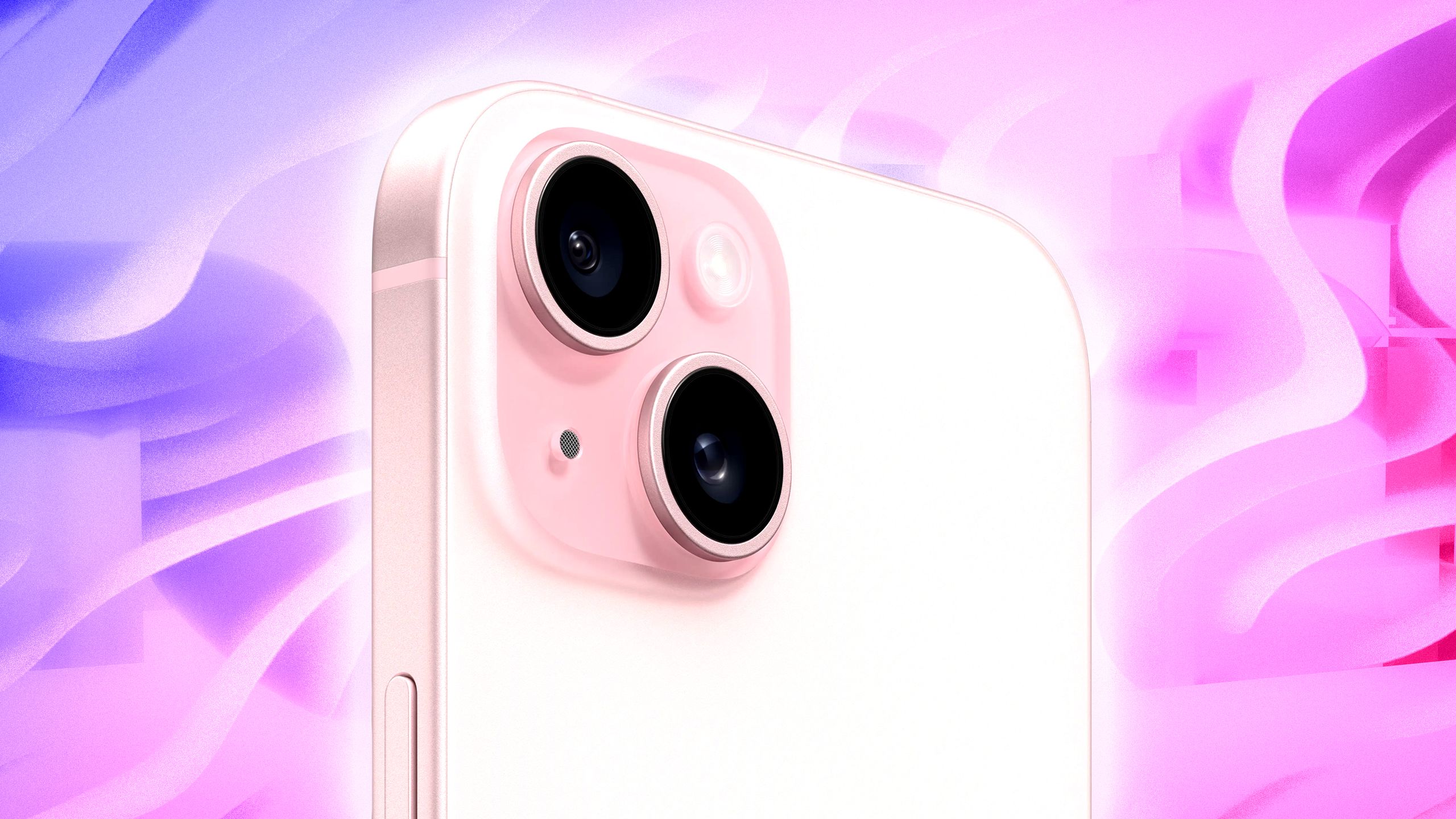
Related
Why I tell everyone to buy last year’s iPhone
There are exceptions to the rule, but don’t fall prey to FOMO.

